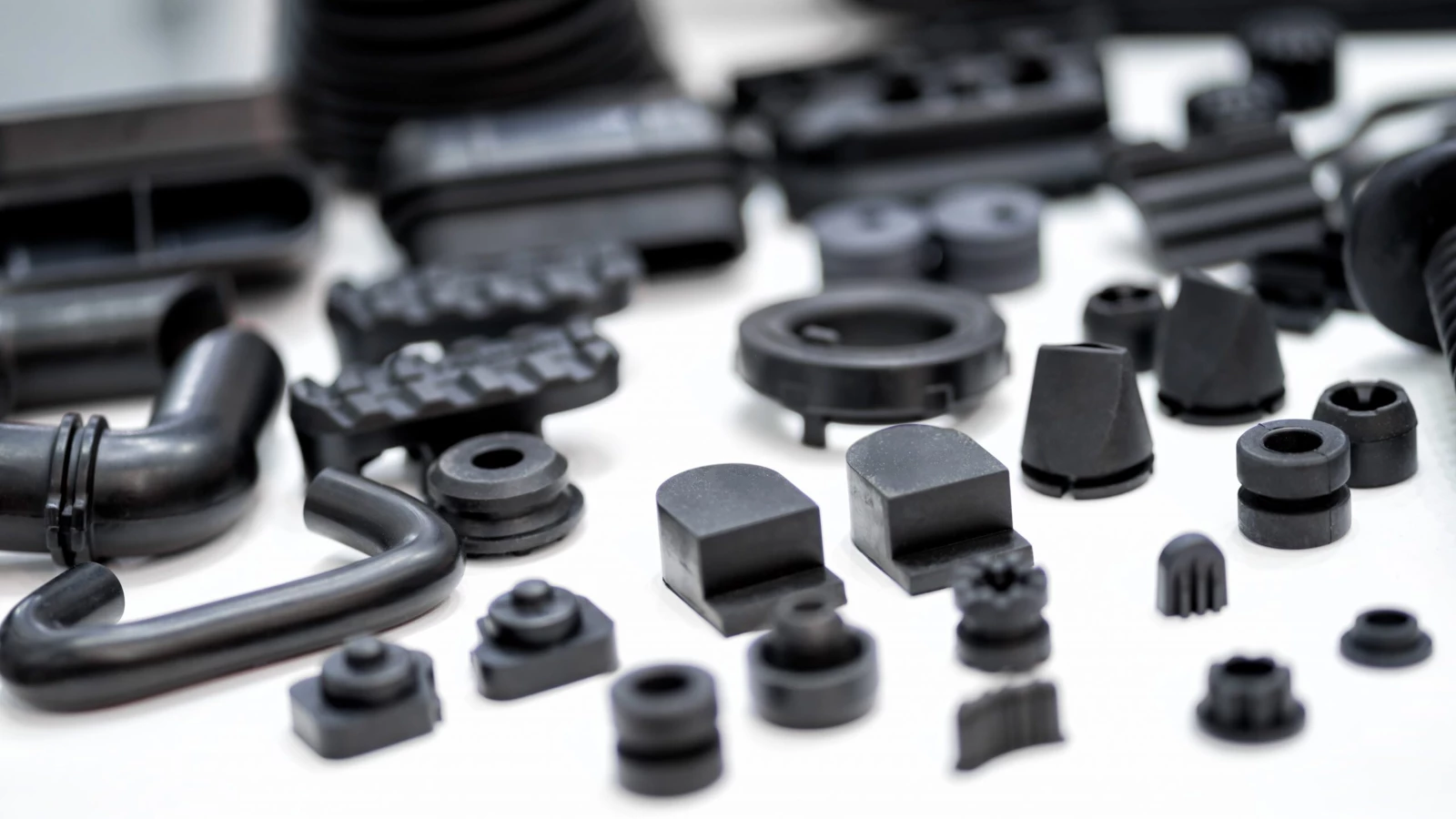
12.02.2020 by Milena Riedl
Common Causes of Failure of Automotive Thermoplastics
Failure of injection-molded thermoplastic parts appear in a wide range of forms. Often, the selected material or the production process of parts and components are the cause of the problem. Whenever faulty parts leave the machine, it is important to find the underlying cause of the failure. We selected two common failures of thermoplastics and show how thermal analysis can help determine the cause of failure.
Failure of injection-molded thermoplastic parts appear in a wide range of forms. Often, the selected material or the production process of parts and components are the cause of the problem. Whenever faulty parts leave the machine, it is important to find the underlying cause of the failure in order to readjust production process, material or design and avoid long-term costs. Most thermoplastic failures can be analyzed with thermal analysis instrumentation. We selected two common failures of thermoplastics and show how thermal analysis can help determine the cause of failure.
Case 1:
Breakage of a radio cover at low temperatures
A radio cover incorporated in an automotive dashboard broke for unknown reasons. One could assume that the processed material may have been contaminated with other substances or that a wrong polymer composition was used to produce the broken part. Therefore, in a first step, measurements with a NETZSCH DSC 214 Polyma were conducted to find the cause of failure. The method is especially suitable for a first assessment of the reason for failure as it gives many insights into the material’s properties with relatively little effort. Both a sample from a good part and a sample from the poor part were subjected to a temperature program in an N2 atmosphere at a heating rate of 10 K/min. Figure 1 shows the measurement results. Above ambient, the two samples show the same behavior. Glass transition temperatures and melting peaks occur at the same temperature. However, the good sample has a second Glass Transition TemperatureThe glass transition is one of the most important properties of amorphous and semi-crystalline materials, e.g., inorganic glasses, amorphous metals, polymers, pharmaceuticals and food ingredients, etc., and describes the temperature region where the mechanical properties of the materials change from hard and brittle to more soft, deformable or rubbery.glass transition at about – 58°C that is missing in the poor sample. The second Glass Transition TemperatureThe glass transition is one of the most important properties of amorphous and semi-crystalline materials, e.g., inorganic glasses, amorphous metals, polymers, pharmaceuticals and food ingredients, etc., and describes the temperature region where the mechanical properties of the materials change from hard and brittle to more soft, deformable or rubbery.glass transition of the good sample can be traced back to an elastomeric component, which provides better cold flexibility and impact strength. Due to the lack of this component in the sample of the poor part, the radio cover did not have the cold flexibility it should have had and consequently, broke at low temperatures.

This example is one of many applications of differential scanning calorimetry in failure analysis of thermoplastic parts.
Case 2:
Breakage of a thermoplastic part under StressStress is defined as a level of force applied on a sample with a well-defined cross section. (Stress = force/area). Samples having a circular or rectangular cross section can be compressed or stretched. Elastic materials like rubber can be stretched up to 5 to 10 times their original length.stress
In polymers, intensive processes of substance transfer can occur. Gases, organic solvents, colorings and also moisture can diffuse into or through polymers. However, absorbed moisture changes the properties of polymers. This also includes the mechanical properties of a polymer, e.g., the modulus, which is a measure of the resistance to elastic deformation. The failure of a thermoplastic part under StressStress is defined as a level of force applied on a sample with a well-defined cross section. (Stress = force/area). Samples having a circular or rectangular cross section can be compressed or stretched. Elastic materials like rubber can be stretched up to 5 to 10 times their original length.stress can also be related to the uptake of moisture into the material. A dynamic mechanical analyzer equipped with a humidity generator can help determine the mechanical properties at different levels of humidity. In figure 2, a polyamide 6 (PA) sample was measured at a frequency of 1 Hz and a temperature of 40°C in tension mode. The relative humidity was stepwise increased from 0% to 75% over time. The stiffness (described by the storage modulus E’) of the material was measured in these relative humidity steps. It is clearly visible that the stiffness of the material decreases with the increase of the relative humidity. At 50% relative humidity, the storage modulus decreased by approximately 74%.

This example shows the importance the knowing the mechanical properties of a polymer under service conditions in a car and in different climates. Accordingly, it is vital to use thermoplastic materials in the construction of automotive parts and components that can withstand the conditions. The two examples of common causes of failure of thermoplastic materials show that thermal analysis techniques and instruments can help determine reasons of failure. Measurement with the DSC 214 Polyma can help answer a wide variety of questions. Get more information about Differential Scanning Calorimetry here. Analysis of materials with a DMA 242 E Artemis provide insights into temperature-depended visco-elastic properties like stiffness and damping behavior. Learn more about Dynamic Mechanical Analysis here.